Church Of MO – 2002 Honda Reflex 250

It’s been a rather diverse week as far as content is concerned at Motorcycle.com this week. Sportbikes, cruisers, adventure bikes, and even adventure scooters were published on these virtual pages over the past seven days. All of those bikes are great for letting its rider escape the pressure and stress the everyday world can bring. Instead of escaping the everyday however, today’s Church feature is going to look at a machine that allows you to take on the everyday with a bit more ease and comfort: the 2002 Honda Reflex 250 scooter. A great everyday runabout, the 250cc scoot came with plenty of space and comfortable ergos to keep you fresh on the way to work. Here’s the 2001 MO staff with their take on the Honda.
2002 Honda Reflex 250
Torrance, California, As our society continues to apathetically spend itself into oblivion, those who are aware and willing to step up and conserve are constantly ridiculed and shunned.
Most of the time the methods in which to conserve have been decidedly unconventional, not to mention boring. Companies that market products and services to these fringe groups have been small and — in the grand scheme of things — insignificant. Slowly yet surely, however, the larger companies have been producing products that seem to fulfill the apathetic, just-gimme-something-cool pro-active cost-of-ownership nature of today’s consumer.
Just what in the heck are we talking about? Why, scooters, bien sur!
Scooters have, and will be, the most efficient means of mass-produced, internal combustion propulsion around. Combining tiny engines with tiny frames equals light weight and low materials costs. Surely a recipe for success during an era of frugal spending.
Unfortunately, scooters have not had much success in the the United States. The teeny-tiny 50 cc scooters have been more form-accessory than a functional tool. Larger scooters have received cult-like status from their loyal followers, but manufacturers have been reluctant to import the stylish, modern machines to the U.S. for fear of low sales and show rooms flooded with 50 mph scooters while sport bikes and cruisers fly past at astounding rates.
Which brings us back to the core of the matter. The Honda Reflex 250 is a scooter. It is stylish while being quite functional at the same time. Handling felt solid while still having enough pep to out-accelerate standard four-wheel traffic. Offering good mileage (a little over 120 miles on about 2.5 out of 3.2 gallons of gas, at an average speed of 78 mph) and good ergonomics to boot, you’d wonder why scooters like these haven’t taken off.
The tail section utilizes a very car-like setup that garnered supportive comments from onlookers and riders alike. The aluminum wrap-around grab rail resembles a wing and adds to the “wedge” styling that is currently all the rage among the automotive set.
Another car-like attribute is the parking brake. Actuated by a dash-mounted lever, the parking brake locks the rear wheel. This prevents the scooter from rolling away while parked on an incline. This function is only useful when used with the side stand. In keeping with the car theme, the tail light section was based off the units found on the S2000, Honda’s sporty two seater.
Equipped with three storage compartments, the Reflex became the vehicle of choice for beverage and snack runs throughout its stay. On the left side of the dash is a small compartment that’s perfect for keys and other small odds and ends. Underneath the dash, directly in front of the rider’s knees, is a very wide, lockable, seven liter glove box. Although only deep in two places (the steering stem gets in the way), it is still large enough to store gloves, a cell phone, wallet and other sundry items.
If you still need more room, the under-seat storage space is cavernous. A twelver of your favorite canned beverage will fit easily while still leaving room enough for a large bag of chips. The key slot is located on the left quarter panel below the seat. When placed on its center-stand on a level surface, the spring actuated seat will fully deploy on its own while a small interior light activates, thus enabling superior night-time visibility. And yes, a full-face helmet easily fits within the massive 33 liter confines.
We found the seat to be comfortable enough that one of our testers even rode it down to San Diego (that’s how we found out about the gas mileage) with only one problem — lower back pain. The rear suspension isn’t really set up for long-distance, high-speed highway touring.
Not that this is a bad thing however, as the suspension is set up perfectly for the tight city work this bike is designed for. Negotiating pot holes, broken asphalt — even curbs (going down, not up!) — are not a problem for this scooter.
However, there is nothing to prevent you from taking the Reflex on longer journeys. With Gold Wing-like wind protection and decent storage space, the Reflex is well equipped to handle triple digit distances in the saddle. However, be forewarned. The three stage transmission does not favor the high speed cruising that the engine is readily capable of. We found typical highway cruising to have the engine at red-line, while the two other stages were perfect for traffic conditions. Perhaps a four stage transmission is in order?
And when you need to stop, don’t worry about the brakes as the two disc brakes (one 240 mm disc up front, one 220 mm out back) can easily haul the machine down from speed without any troubles. Equipped with a triple piston caliper up front and a single piston caliper out back, the Combined Braking System assures that maximum braking efficiency is reached quickly.
When the front brake lever (the one on the right) is squeezed, the two outer pistons on the front caliper activate. When the rear brake lever (the one on the left) is depressed, the inner piston on the front caliper and the single rear piston activate in the rear. When only the rear brake is applied, a delay valve assures smooth operation.
If you are so inclined, you can even get the Reflex with an ABS option. This system is similar to other Honda systems. It uses an electric modulator to deliver the rapid brake pulses necessary for smooth ABS engagement. The system is controlled via a self-diagnosing integrated electronic control unit. However, our non-ABS equipped model stopped far better than anticipated. Locking up the rear wheel proved far more difficult than originally anticipated, as the delay valve proved very effective at transferring braking power appropriately.
In hindsight, perhaps we should recant our feelings about the transmission. The Reflex is still a scooter, and convenience and negotiating “city” situations are its primary reasons for existence. It just so happens that it can also be used for longer ranges without much fuss. The Reflex proved extremely useful to us in our daily routine. Who will find use for the Reflex in the real world? People who live close to their work or school, people who’s routine finds them spending lots of time in congested areas or people who just want a way to ride a sporty, functional motorcycle without dealing with a clutch and transmission.
Specifications
Model : Reflex NSS250
Engine : 249cc liquid-cooled, four-stroke, single-cylinder, SOHC
Bore and Stroke : 72.7 x 60mm
Compression Ratio : 10.5:1
Carb : 30mm CV, auto-choke
Ignition : Transistorized
Suspension
Front : 3.9 in. travel
Rear : 4.7 in. travel, 7-way preload adjustment
Brakes
Front : Triple piston, single 240mm disc
Rear : Single piston, single 220mm disc
Tires
Front : 110/90-13
Rear : 130/70-12
Wheelbase : 60.8 in.
Seat Height : 28.3 in.
Dry Weight (listed) : 342 lbs.
Fuel : 3.2 gallons
Colors : Metallic Red, Metallic Silver

Troy's been riding motorcycles and writing about them since 2006, getting his start at Rider Magazine. From there, he moved to Sport Rider Magazine before finally landing at Motorcycle.com in 2011. A lifelong gearhead who didn't fully immerse himself in motorcycles until his teenage years, Troy's interests have always been in technology, performance, and going fast. Naturally, racing was the perfect avenue to combine all three. Troy has been racing nearly as long as he's been riding and has competed at the AMA national level. He's also won multiple club races throughout the country, culminating in a Utah Sport Bike Association championship in 2011. He has been invited as a guest instructor for the Yamaha Champions Riding School, and when he's not out riding, he's either wrenching on bikes or watching MotoGP.
More by Troy Siahaan



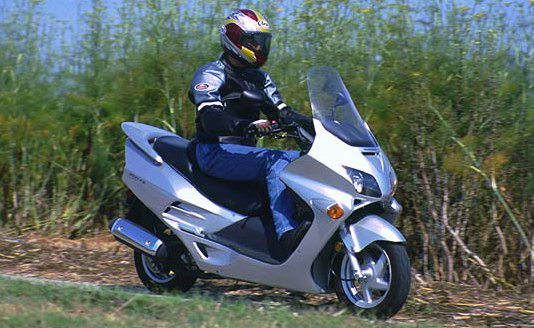
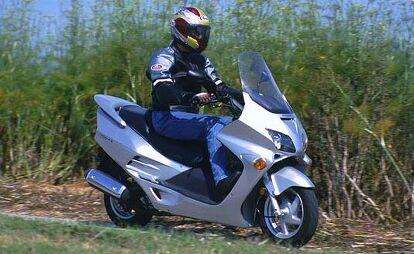




















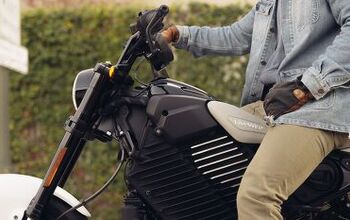
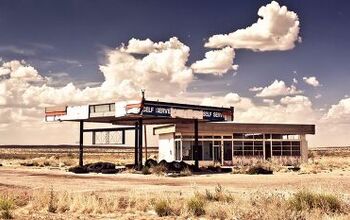
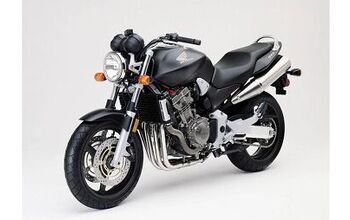
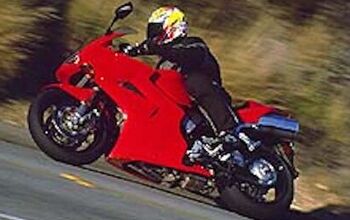













Comments
Join the conversation